How to: Empathy Map
My father used to say "in order to please the customer you need to get into the customer's skin." The particular saying is meant to convey that unless you truly see a problem from the customer's point of view, you can't respond to the problem or develop any customer insights to be able to answer with the correct solution.
One tool we find super useful on the journey into "into the customer's skin" is the Empathy Map. (1)
The empathy map has four quadrants for indicating what the customer says, does, thinks and feels. Below this we reserve a space for any insights of customer pain or customer gain.
How this works practically:
This begins by going to where the customer works and plays, with some interview questions scripted up in advance. A reminder of some interview guidelines:
Ask "why" versus assuming you know the answer. Try not to cut a conversation short (with what could be a failed understanding) by saying "so usually this happens..."
Ask questions that could encourage the person to tell a story.
Look for inconsistencies, which can often lead to interesting insights.
Make sure you interview in pairs, with one person on the lookout for body language clues which might reveal hidden emotions.
Try not to feel compelled to fill silence. The silence gives the interviewee the space to reflect on what he/she said, giving them the room to add any additional comments. Don't help out by suggesting an answer.
Ask neutral questions. (This is harder to do than said, so practice interviewing before you do it for real, to have someone give you feedback on how your questions might sway an answer.) In addition to this point, a binary question (anything that can be answered with a "yes" or a "no") should also be avoided.
We mentioned this before, but it is worth elaborating and repeating. Interview in pairs, practice asking the questions, and also practice capturing the feedback (which will ensure you are prepared.) We like to see PostIts used during the interview capture, with a tuned focus looking for verbs expressed, which many times are directly related to a customer need.
So now you've interviewed, bring the team up to where the Empathy Map is hanging on a wall and begin filling it in:
What are some quotes that you captured for the customer? These items are placed in the "Say" quadrant.
What non-verbal actions or behaviors did you see? These items are placed in the "Do" quadrant.
What do you think the customer was thinking? Or what he/she feels? These items are placed in the "Think" and "Feel" quadrants. These two quadrants will likely be filled in by the interview pair focused on the non-verbal behavior, looking for tone changes or perhaps particular choice of words.
The customer pain points or desires should be noted in the "Pain" and "Gain" sections.
So now what do we do after the Empathy map is filled in?
The final job to do is to see if we can intuit any true customer needs or customer insights. A need, if crafted, will define the design challenge. Remember that verbs are your friends here. A particular customer insight is more difficult to discover: we find that by studying possible contradictions between the quadrants, or any tension noticed during the interview, sometimes a particular customer insight is revealed.
And we love to hear your stories and challenges: please try this out and let us know how successful you were in "getting into your customer's skin!"
Follow up: How to: Link User Stories to the Value Proposition Canvas.
Footnotes
1) An Empathy Map is one tool to help you synthesize your observations and draw out unexpected insights so it's useful to share what you have found after observing etc.
References

